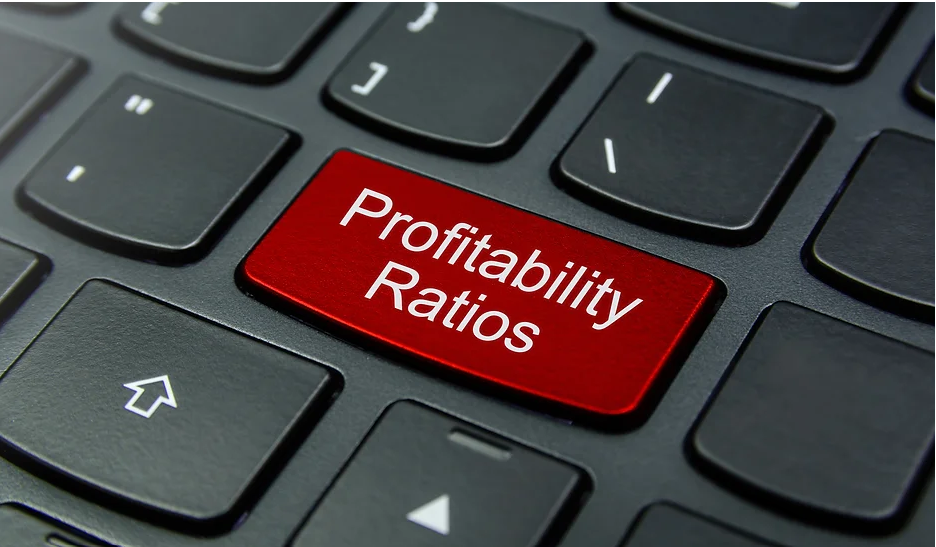Financial ratios are important for assessing the health of a company – namely how a company generates revenue and profits using business expenses and assets in a given period. Internal and external stakeholders use financial ratios for competitor analysis, market valuation, benchmarking, and performance management.
For internal stakeholders, or those inside the company, financial ratios can be used for things such as calculating profit margins, identifying trends in profitability, and overall return on capital investments and the health of the organization.
External stakeholders use financial ratios for things such as conducting competitor analysis, assessing the profitability of a company, and calculating returns on shareholders’ equity.
5 Important Financial Ratios that Show the Health of the Company
1) Liquidity Ratios
Liquidity ratios measure a company’s ability to meet short-term obligations by analyzing its current assets and liabilities. The most common liquidity ratios are the current ratio and the quick ratio. The current ratio calculates a company’s ability to pay off its short-term liabilities with its current assets.
A ratio of 1 or higher is considered healthy, while a ratio below 1 may indicate that the company is having trouble meeting its short-term obligations. The quick ratio, also known as the acid-test ratio, is similar to the current ratio but excludes inventory from current assets, as inventory can be difficult to convert to cash quickly.
2) Profitability Ratios
These ratios measure a company’s ability to generate profits. The most common profitability ratios are the gross margin, operating margin, and net margin. The gross margin ratio calculates a company’s profitability before taking into account operating expenses. A high gross margin ratio indicates that a company is able to sell its products or services at a higher price than it costs to produce them.
The operating margin ratio calculates a company’s profitability after taking into account operating expenses, such as labor and rent. The net margin ratio calculates a company’s profitability after taking into account all expenses, including taxes and interest. A high net margin ratio indicates that a company is generating a significant profit.
3) Solvency Ratios
Solvency ratios measure a company’s ability to meet long-term obligations. The most common solvency ratio is the debt-to-equity ratio, which compares a company’s total liabilities to its total equity. A high debt-to-equity ratio indicates that a company has a high level of debt relative to its equity and may be at a higher risk of defaulting on its long-term obligations.
4) Efficiency Ratios
These ratios measure a company’s ability to manage its resources efficiently. The most common efficiency ratios are the inventory turnover ratio and the accounts receivable turnover ratio. The inventory turnover ratio measures how quickly a company is able to sell its inventory. A high inventory turnover ratio indicates that a company is efficiently managing its inventory and is able to sell its products quickly.
The accounts receivable turnover ratio measures how quickly a company is able to collect payment for its products or services. A high accounts receivable turnover ratio indicates that a company is efficiently managing its accounts receivable and is able to collect payment quickly.
5) Market Value Ratios
These ratios measure the market’s perception of a company’s worth. The most common market value ratio is the price-to-earnings ratio, which compares a company’s stock price to its earnings per share. A high price-to-earnings ratio indicates that the market is willing to pay a high price for a company’s stock relative to its earnings and may indicate that the market believes the company has strong growth potential.
Conclusion
Just like any financial metric, financial ratios alone do not tell the complete picture of a company’s financial health, rather they play an important role in decision making when used with other financial and analysis tools to make a more complete assessment.





